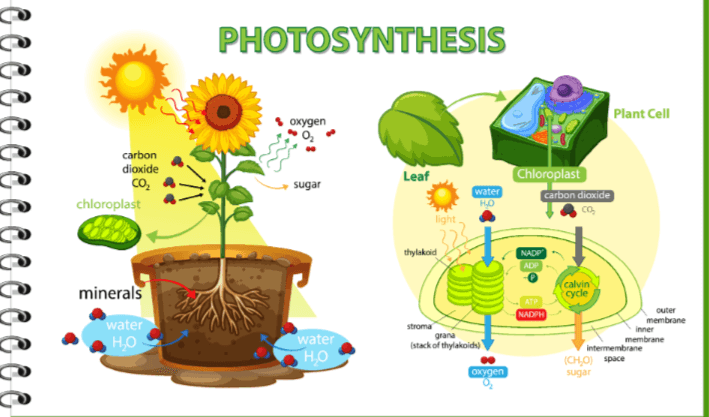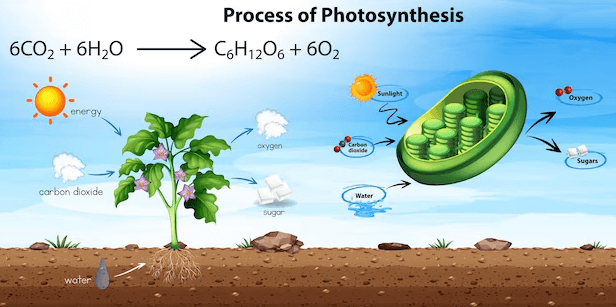Simple:5cxrwgq1iei= Photosynthesis Diagram

The “Simple:5cxrwgq1iei= Photosynthesis Diagram” serves as a critical visual representation of the intricate process of photosynthesis, illustrating how chlorophyll facilitates the transformation of solar energy into chemical energy. By highlighting essential components such as light absorption and the Calvin cycle, this diagram not only elucidates the complexities involved but also underscores the fundamental role of photosynthesis in ecological balance and climate regulation. As we explore the implications of this process further, one must consider the broader impact it has on life as we know it and the challenges faced in sustaining these vital systems.
Overview of Photosynthesis
Photosynthesis serves as a fundamental biological process that converts light energy into chemical energy, setting the stage for the sustenance of life on Earth.
Through light absorption, chlorophyll function facilitates energy conversion, enabling plants to capture sunlight.
This process culminates in carbon fixation, where atmospheric carbon dioxide is transformed into organic compounds, essential for plant respiration and overall ecosystem vitality, highlighting its critical role in sustaining life.
Key Components of the Diagram
The diagram of photosynthesis intricately illustrates the various key components involved in this vital process.
Central to this are chlorophyll function, which facilitates light absorption, and the mechanisms of carbon fixation.
Additionally, energy conversion is depicted, highlighting its role in synthesizing organic compounds.
Step-by-Step Process
Initiating the photosynthesis process involves the absorption of light energy by chlorophyll, primarily located in the chloroplasts of plant cells.
This light absorption activates chlorophyll function, leading to energy conversion via the electron transport chain.
Subsequently, carbon fixation occurs during the Calvin cycle, where carbon dioxide is transformed into glucose, demonstrating the intricate interplay between energy transformation and metabolic processes essential for plant life.
Read Also Cute:_757rbppozw= Walpaper

Importance of Photosynthesis
While many may overlook its significance, the process of photosynthesis serves as the foundation for life on Earth, influencing ecosystems and climate regulation.
It facilitates energy conversion, transforming solar energy into chemical energy stored in glucose, which sustains various organisms.
Furthermore, photosynthesis plays a crucial role in mitigating climate change, thereby highlighting its substantial environmental impact and essential function in maintaining ecological balance.
Conclusion
Simple:5cxrwgq1iei= Photosynthesis Diagram, converting sunlight into the energy that fuels life, much like a solar panel harnessing energy for homes. This intricate process not only sustains ecosystems but also plays a crucial role in regulating the climate by absorbing carbon dioxide and releasing oxygen. Understanding the mechanisms of photosynthesis illustrates the interconnectedness of life and emphasizes the need for preserving plant life, which is essential for maintaining ecological balance and supporting biodiversity.







